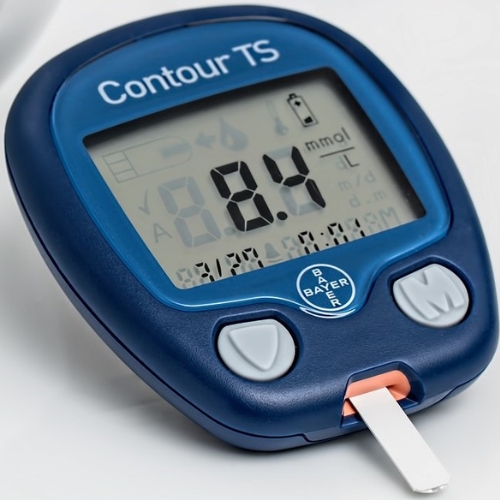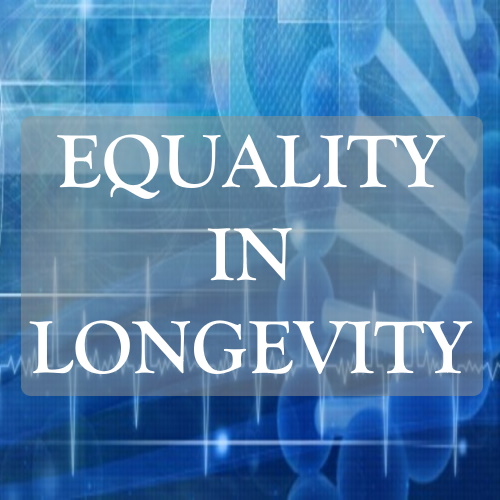Key points from article :
A global study published in The Lancet shows diabetes rates have doubled over the last 30 years, reaching 800 million people worldwide. Researchers from the NCD Risk Factor Collaboration (NCD-RisC) and the World Health Organization (WHO) analyzed data from more than 140 million adults across 1,000 studies to understand trends across regions and income levels. They found the most significant increases in diabetes cases occurred in low- and middle-income countries, where rates rose from 7% to 14% between 1990 and 2022. Four countries alone—India, China, the U.S., and Pakistan—account for over half of all diabetes cases globally.
Type 2 diabetes, which makes up over 95% of cases, often results from factors like poor diet, lack of exercise, obesity, and economic barriers to healthy choices. Researchers emphasized that diabetes rates were especially high in areas like the Pacific islands, the Middle East, and North Africa, where over a quarter of the population is affected. In contrast, high-income nations, including France, Denmark, and Spain, showed lower prevalence rates (2-4%) in some age groups, highlighting the role of health inequalities.
Despite advancements in diabetes treatments, such as affordable glucose-lowering medications, access remains limited in many low-income areas. Consequently, 59% of adults with diabetes aged 30 and over—445 million people—did not receive treatment in 2022, leaving them vulnerable to serious health complications like heart disease and kidney damage.
Health experts, including WHO Director-General Dr. Tedros Adhanom Ghebreyesus, call for urgent policies to make healthy foods affordable and promote physical activity. Recommendations include subsidies for healthy food, free meals in schools, and accessible public exercise spaces. The study’s authors stress that addressing the diabetes epidemic requires a focus on preventive strategies, expanded access to screening, and effective long-term management programs to counter growing health inequalities.









